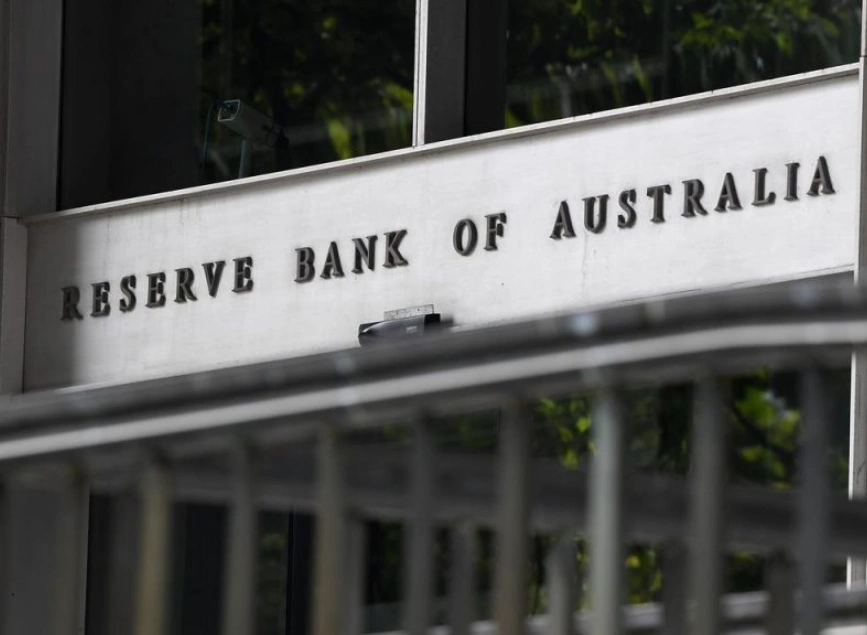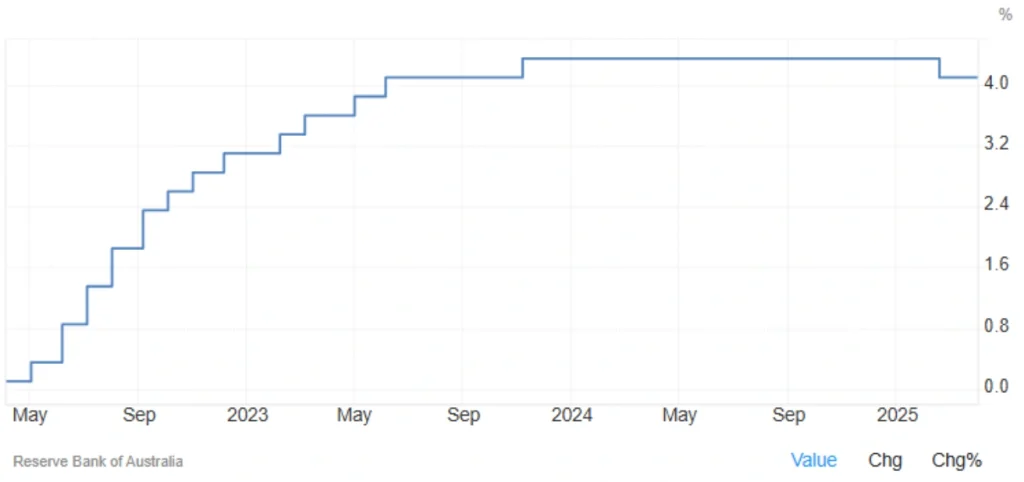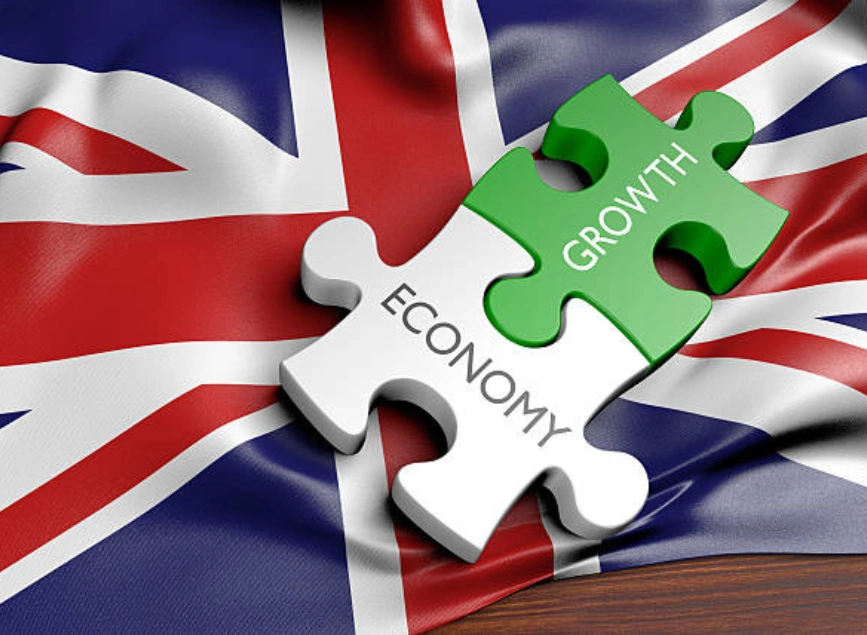
RBA Holds Cash Rate Steady in April 2025
In its April 2025 policy meeting, the Reserve Bank of Australia (RBA) opted to keep the cash rate unchanged at 4.1%, aligning with market forecasts. This decision came after a 0.25% rate cut back in February. Additionally, the exchange settlement rate remained steady at 4.0%.
Why Did the RBA Hold Rates?
The RBA expressed increased confidence that inflation is gradually aligning with its 2–3% target range.
Past rate hikes have effectively helped balance overall supply and demand within the economy.
The data indicates that inflationary pressures are easing in a sustainable way.
Read More: Australia’s Consumer Sentiment Shows Continued Weakness
No Immediate Need for Policy Change
According to the RBA, current monetary settings are “well-positioned to respond” as needed.
The central bank emphasized its flexibility in case global events start to affect domestic growth or inflation.
At this stage, they see no urgent reason to adjust the rate again.
Global Risks and Geopolitical Uncertainty
The RBA also acknowledged the growing risks from the international landscape, pointing to:
Uncertainty in U.S. policies, especially surrounding tariffs
Geopolitical tensions in regions like East Asia and the Middle East
The potential knock-on effects on supply chains, export demand, and inflation expectations
What Is the Cash Rate?
The cash rate is the short-term interest rate set by the RBA for interbank lending. It serves as a benchmark for:
Lending and deposit rates across Australia
A key tool for managing inflation and either stimulating or slowing economic growth.

Analysis: A Cautious Step Amid Global Uncertainty
Positives:
Signals stability in Australia’s domestic economy
The RBA’s confidence in falling inflation suggests that prior tightening policies are having the desired effect
Concerns:
The broader economic outlook remains uncertain
Global risks could shift the trajectory of both inflation and growth, particularly in a trade-conflict scenario
Conclusion
The RBA’s decision to hold interest rates steady in April reflects a measured and logical approach. While inflation appears to be under control, the central bank is keeping a close watch on international developments. This “wait-and-see” stance shows that the RBA remains prepared to respond quickly to any new shocks—economic or geopolitical—that could alter Australia’s path forward.
Share
Hot topics

What Is a Forex Broker and What Do They Do?
If you’ve ever browsed through financial websites or listened to others discuss currency trading, you’ve probably encountered the term forex broker, which may sound a bit technical, but the truth...
Read more




Submit comment
Your email address will not be published. Required fields are marked *